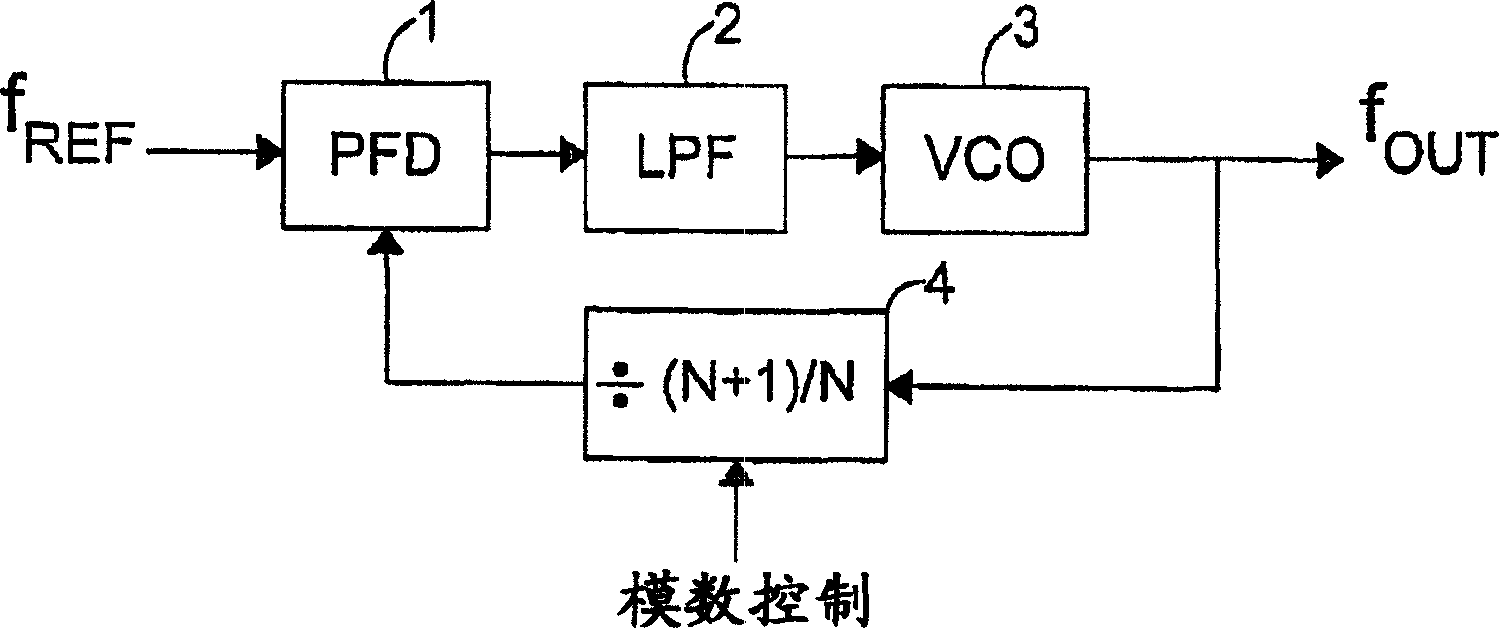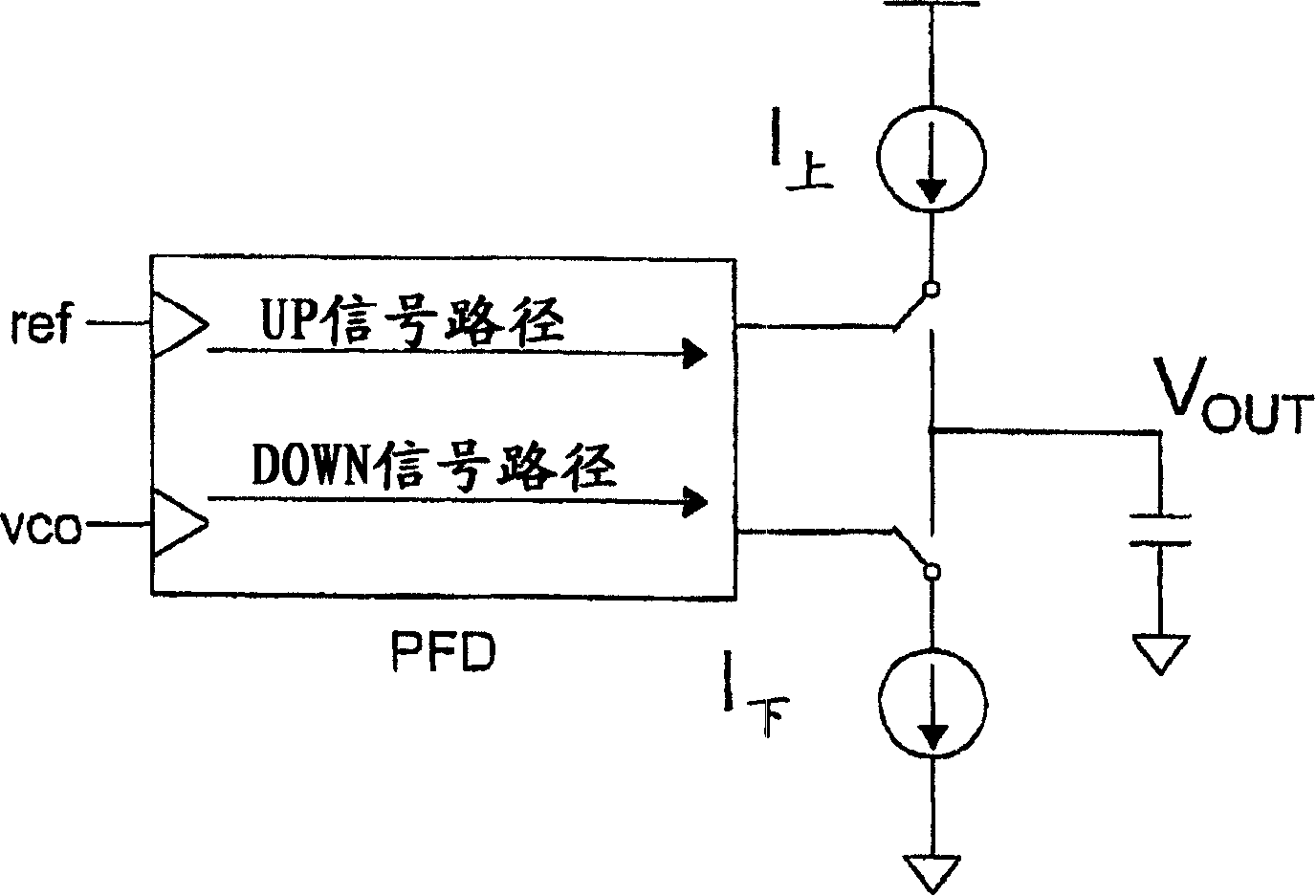System and method for suppressing noise in a phase-locked loop circuit
A phase-locked loop and noise technology, applied in the field of frequency signals, can solve problems such as inability to remove the loop filter, reduce the signal quality and performance of the host system, etc.
- Summary
- Abstract
- Description
- Claims
- Application Information
AI Technical Summary
Problems solved by technology
Method used
Image
Examples
Embodiment Construction
[0031] The present invention includes various embodiments of systems and methods for suppressing noise in phase locked loop circuits. According to one embodiment, the systems and methods suppress noise generated by mismatches associated with charge pumps and phase and frequency detectors. This is accomplished using a sigma-delta modulator that controls a frequency divider in the feedback path of the PLL such that spurious noise components are shifted out of the operating loop bandwidth of the circuit. Other embodiments suppress noise by modulating the reference frequency signal input to the phase and frequency detector. Other embodiments use a combination of the above techniques to suppress noise. With these embodiments, the spurious noise components are kept away from the desired output frequency of the PLL so that they can be removed by the loop filter. As a result, substantial improvements in signal-to-noise ratio and loop bandwidth and proportional reductions in phase no...
PUM
 Login to View More
Login to View More Abstract
Description
Claims
Application Information
 Login to View More
Login to View More - R&D
- Intellectual Property
- Life Sciences
- Materials
- Tech Scout
- Unparalleled Data Quality
- Higher Quality Content
- 60% Fewer Hallucinations
Browse by: Latest US Patents, China's latest patents, Technical Efficacy Thesaurus, Application Domain, Technology Topic, Popular Technical Reports.
© 2025 PatSnap. All rights reserved.Legal|Privacy policy|Modern Slavery Act Transparency Statement|Sitemap|About US| Contact US: help@patsnap.com



